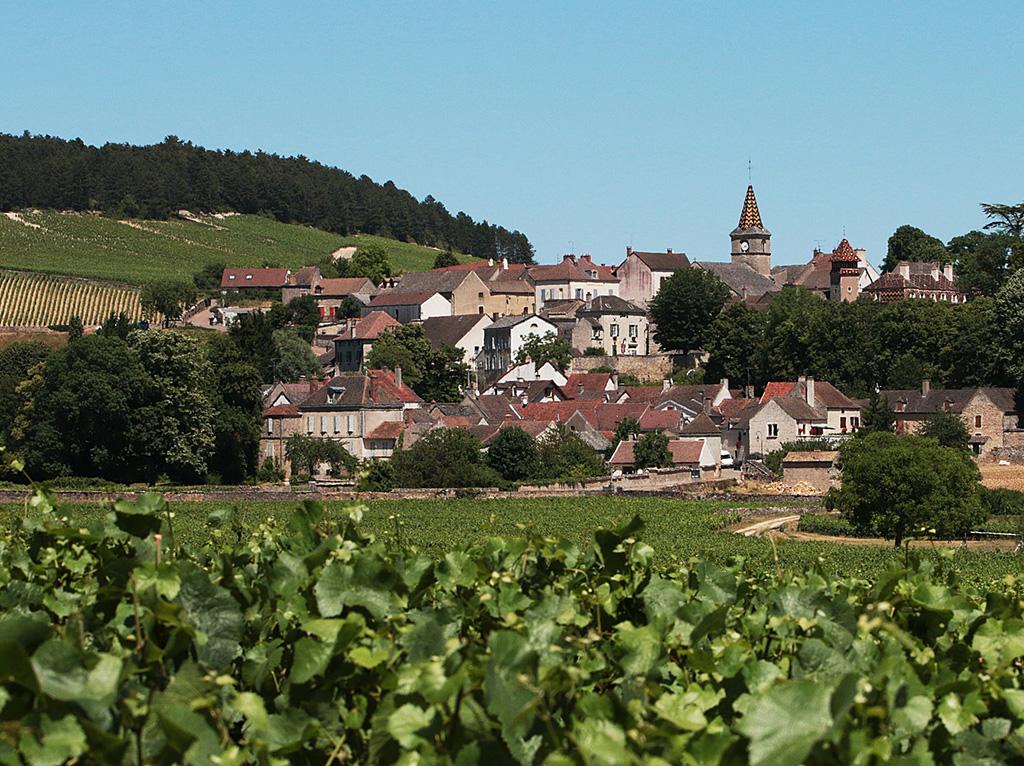The Bourgogne area covers three departments : Yonne (with Chablisien and Auxerrois), Côtes d'Or (with Côte de Nuits and Côte de Beaune) and Saône-et-Loire (with la Côte Chalonnaise and Mâconnais).
The soil is argilo-calcareous type in Chablisien, Châlonnais and Mâconnais and rocky in Côtes de Nuits. Marls and limestones are present in Côte de Beaune.
The vine area is 61776 acres of grapevines in PDO, which represents 5% of the French production. The wine growing area of Bourgogne inculdes 99 PDOs.
Main grape varieties
White grape variteties
- Chardonnay (bears the name as a Mâconnais village) : produces all the dry white wines, except the Bourgogne aligoté and the Bouzeron. Chardonnays represent 48% of the vine area in Bourgogne. Depending on which terroir they come from, this wine growing area will produce different wines such as Chablis (dry and mineral), Mâcons villages (lively and pleasurable) and Montrachet (strong and full-bodied).
- Aligoté (very ancient in Bourgogne) : two appellations are produced : Bourgogne aligoté and Bouzeron. Wines are fresh and light. It's with this white wine and cassis liqueur (crème de cassis) that we made the famous kir of Bourgogne.
- Sauvignon in Saint-Bris (PDO since 2003) : this wine develops mineral and undegrowth aromas.
Red grape varieties
- Pinot Noir : represents around 40% of the vine area. It offers a significant range of wines : fresh and fruity, supple and coloured or rich and powerful.
- Gamay (we can find it especially in Beaujolais) : gives a red wine with fruity aromas, very fresh in the mouth. Along with the Pinot Noir, it makes up the Bourgogne Passetoutgrain.
Bourgogne's appellations
Bourgogne's appellations are indexed into four categories : Regional, which represents 53% of the production and 22 PDOs ; Communal, which represents 11% of the production and 566 climates in «premier cru», and finally Grands Crus : there are 33 of them in Côtes d'Or and 1 in Chablis. Divided into 7 climates, Grands Crus only make up 2% of the production in the area.
